Cleaning routines can lead to recurring contaminations, believe it or not, and it’s an avoidable problem we’ve seen repeatedly at BioMire.
The warning signs for these cases were most often unexpectedly high levels of microbial contamination measured after a full routine cleaning.
In these situations, it looks like cleaning actually makes things worse!
Here are a couple of examples:
A buggy brush!
In the first case, a brewing site was monitoring runoff water from fermenters after CIP (Clean-in-Place).
After CIP, the bottom valves of fermenter tanks were closed, and then later opened to test the runoff.
90% of the results were fine, under the 10 cfu/ml alert level, but for a while up to 15% of the controls had microbial counts from 50 cfu/ml to off the charts. Not only that, but on repeated tests, it wasn’t always the same fermenter!
So, CIP seemed to be working and the fermenters were being sanitised. At the same time, it looked like something was recontaminating the equipment, unpredictably, since readings were coming back with high contamination levels from different fermenters at different times.
Why was cleaning seeming to make things worse? Was a valve not being capped again after cleaning? Was some dynamic sanitisation causing contaminated water to splash into equipment?
During the investigation, it was noticed one particularly diligent worker removing the connector O-Ring & putting it into a sanitant, then brushing the surfaces.
Can you guess what was never cleaned or dried between uses? The brush! A veritable paradise for bacteria!
Luckily, there was a quick fix in this case—now the brush is always sanitized and left to dry completely between uses—and these particular contaminations are no more.
Bucket build-up!
At another site, which operated a dry process to mix powders, didn’t use a sanitisation routine on their equipment since their process didn’t use water—the essential ingredient for microbial life.
Instead, cleaning involved nothing more than a damp cloth to remove powder traces.
Except a routine check to revalidate cleaning procedures showed higher contamination levels after cleaning than before!
During his investigation, the operator started by testing the water at the tap and found it was acceptable: under 5cfu/ml.
A bucket used for transporting the water used to dampen the rag, however, was absolutely teeming with life, as was the rag itself, contaminating the equipment it was meant to wipe clean.
In hindsight, the source wasn’t surprising. Without sanitisation, powder traces mixed with water and left to build up in the bucket provided an ideal place for microorganisms to grow, multiply and thrive!
As a result, the contaminated sampling points on the equipment were where a small quantity of water remained after cleaning.
Since then, the site operator has switched to single-use cloths for wiping and sterile water, transported in single-use containers. The contamination problem has disappeared.
Lessons learned
It’s important to remember that cleaning doesn’t always offer good hygiene when there is a weakness in the system, because best intentions do not always equate to best practices!
Your cleaning protocol is only as strong as your weakest step, even if it’s the very first one.
In these cases, it was assumed that cleaning accessories are as sanitary as the equipment is needed to be after cleaning.
Since cleaning utensils accumulated dirt transferred from the equipment and remained moist between uses, why would they not host biofilms and over time start to resemble a Petri dish or a fermenter, unless they themselves are sanitised? Here are some lessons we take from these examples:
- Cleaning and sanitation procedures should always take into account all the cleaning materials as potential sources of cross-contamination
Investigations into recent high-profile contamination cases at global manufacturers have shown these issues can happen to anyone, at all scales and at any level of experience. Microbes don’t discriminate.
- Microbial monitoring is an essential contributor to maintaining good hygiene procedures.
Occasional contaminations are often the most difficult to detect with statistical sampling at predetermined sampling points, never mind the thoroughness of the risk assessment method used, whether you’re using HACCP or another.
Which is why it’s important to periodically review and revise hygiene procedures in light of microbial test results extended beyond routine sampling points.
In both of the above examples, the issue was detected thanks to the monitoring plan.
- Regular hygiene verifications are the opportunity to look-out for weaknesses in current procedures, study the process environment and understand potential risks rather than uncovering them too late.
Risks of contamination vary over time, resulting from changes in the environmental microbial ecosystems and changes in the manufacturing plant itself (personnel, equipment, products etc.), and so a monitoring system that tracks hygiene across these changes is essential to catching issues early.
Better a quick fix now than a messy clean-up later!


